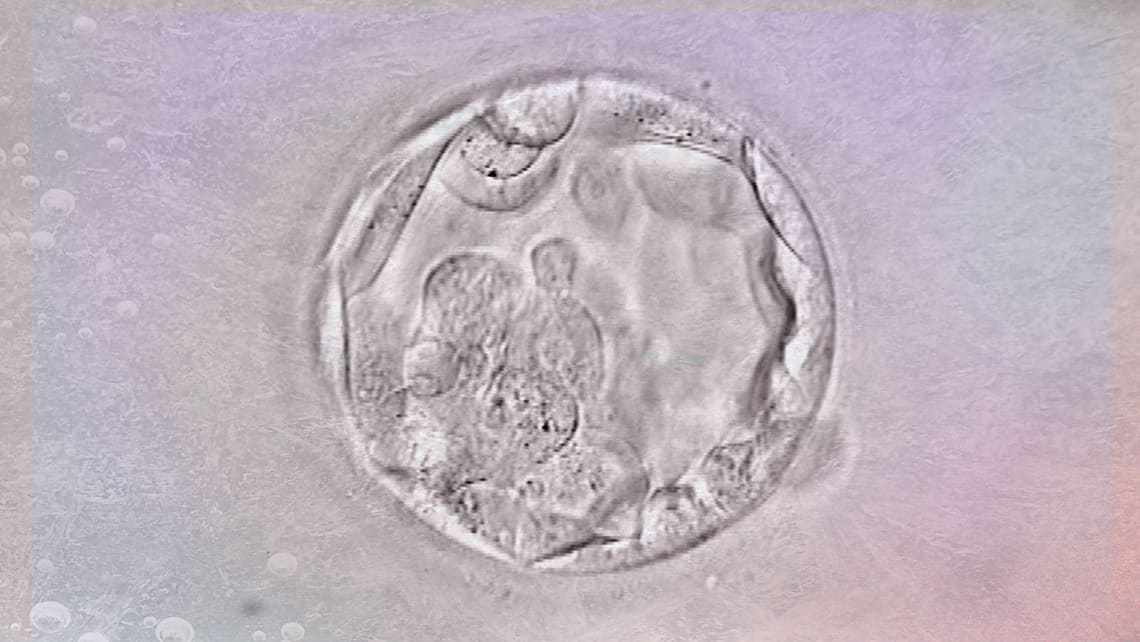
Cryopreserved embryos: Does biobank storage time affect their subsequent viability?
It has been almost 30 years since the first pregnancy from cryopreserved embryos was achieved (Trounson and Mohr, 1983). Ever since then, numbers have been steadily growing at biobanks in assisted reproduction centres, mainly due to the optimisation of reproductive treatments. Our goal is to retrieve a satisfactory amount of good quality embryos (one that is enough for a fresh transfer and also for cryopreservation) by means of an ovarian stimulation cycle. These embryos may be used for future pregnancy attempts, although couples can choose to donate them for reproductive purposes, assign them to specific research projects or dispose of them. Yet, general evidence shows that many couples, mainly those that achieve pregnancy in their first fresh attempt, choose to keep them frozen without a specific end or plan in mind for the future.
In the human species, the time of embryo storage in liquid nitrogen at -196ºC/ -320ºF shows contradictory results as to their subsequent viability and capability to produce a full-term pregnancy. However, some studies performed in animals and some theoretical models speculate about the possibility that mammalian embryos retain their power to fertilise even after storage periods of several thousand years.
To our surprise, the truth is that there is very little clinical data available that can throw light on such an important question for couples and professionals. For our peace of mind, the longest series published until now (an analysis of 11,768 frozen embryos) did not yield negative results on embryo survival rates and pregnancy associated with storage time (Riggs et al. 2010). While most embryos were cryopreserved for less than 5 years, periods of 13 years were also included. Recently, a report of a live birth that happened after a storage time of 19.6 years was published (Dowling-Lacey et al. 2011).
In general, it seems that human embryos are pretty stable at -196ºC/ -320ºF and there are no deleterious effects on implantation and pregnancy. Yet, there is an evident lack of follow-up studies of children born from such cryopreserved embryos. In fact, there are no follow-up studies after the vitrification technique, which has replaced traditional slow freezing all over the world, has been used.
Lastly, we should underline that it is too often taken for granted that the conditions in biobanks and laboratories in general are closely monitored. Bad practices, for example in the filling and opening of tanks, could cause an increase in their internal temperature and put survival after thawing at risk.
Dr. Jorge Ten, Reproductive Biology director of Instituto Bernabeu.
